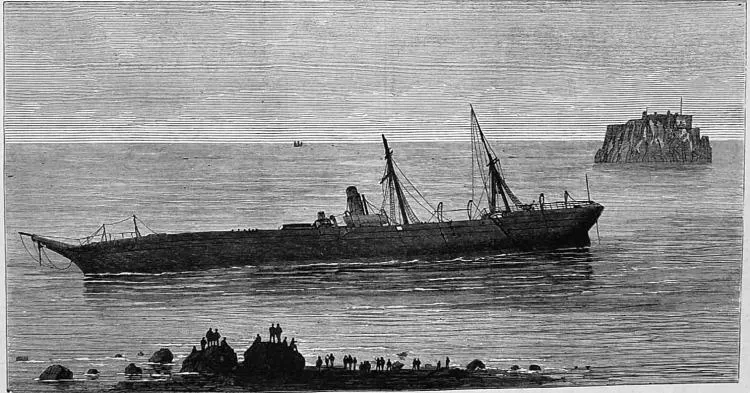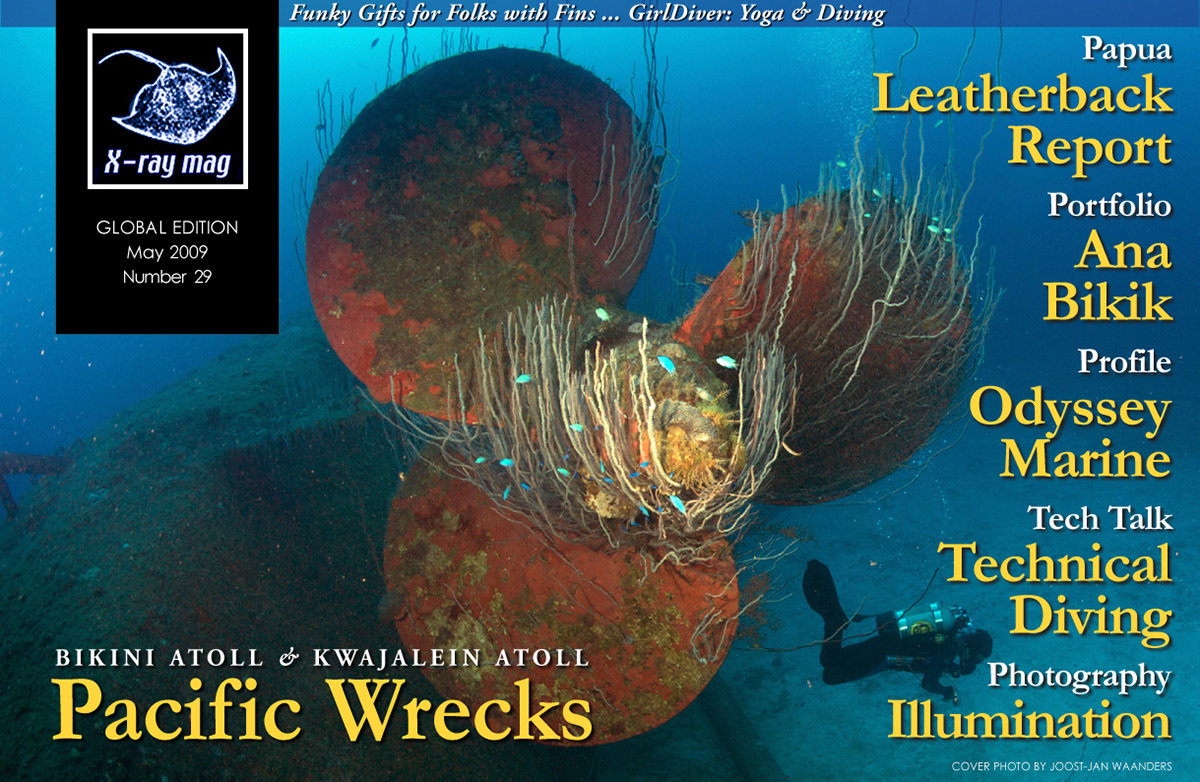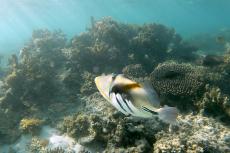New technology now allows for the exploration of deep-water wrecks previously not accessible. But, who really owns a shipwreck?
Most countries, especially coastal states, have their own legislation that regulates the exploration and exploitation of shipwrecks as a cultural or economic resource.
Contributed by
In Canada, a new federal policy aims to better protect and preserve archaeological resources found within that country’s national parks, both on land and underwater. It stresses “minimal intervention” and applies to wrecks such as the HMS Breadalbane, considered the most northern shipwreck in the world. It was declared a national historic site in 1993.
There are several international regulatory bodies that also govern shipwrecks. These include the Committee Maritime International, the United Nations Division of Ocean Affairs and the International Maritime Organization. The United Nations “Law of the Sea Convention” applies to areas beyond the territorial waters or legal jurisdiction of any nation.
The “Convention on the Protection of the Underwater Heritage,” was put forward in 2001 by the United Nations Education Scientific and Cultural Organization (UNESCO). But, it only applies to the 20 countries that have ratified it. The United States is not one of these! Nor is the United Kingdom, France, Germany, Canada, Japan, China, Russia and most countries in the developed world.
Military Colors
Military shipwrecks less than 100 years old remain the property of their mother country under the terms of “Sovereign Immunity” (Law of the Sea Convention). If a warship lies within the territorial waters of a sovereign nation (the Coastal State) that nation shares jurisdiction with the wreck’s “Flag State.”
Sometimes, a wreck’s flag state isn’t as clear-cut as one might think. A warship may have been handed over freely, taken by force, or surrendered by one state to another. Take for example several German u-boats that were transferred to Japan, and re-designated as “I-boats,” in the end days of WWII. Under the terms of international Sovereign Immunity, such a wreck belongs to Japan and not Germany.
The United States, Spain and Great Britain, argue that Sovereign Immunity applies to warship wrecks older than 100 years.
Titanic Effort
The United States leads the way when it comes to protecting the world’s most famous shipwreck, the former ocean liner, Titanic. After it was discovered in 1985, Congress approved “The RMS Titanic Maritime Memorial Act of 1986.”
The Act made it unlawful for anyone in the US to trade in artifacts from the wreck. Further to the Act, only one American company, RMS Titanic Inc., was granted permission to remove artifacts from the shipwreck, but only for the purposes of public exhibition.
In 2007, the US implemented further legislation to protect the wreck, as part of an international agreement with the United Kingdom and Canada. The National Oceanic and Atmospheric Association (NOAA) will represent the US, regulating dives to Titanic from the United States.
The United Kingdom was the first country to sign the international agreement in 2003. And, while acknowledging that Titanic is, “a historical wreck of exceptional international importance,” that country has not stated how it plans to protect the wreck.
Canada has not yet signed the international agreement. And, the Agreement has no jurisdiction over expeditions to Titanic that originate from other countries, such as Russia or France.
—Rob Rondeau
Marine Archaeologist
www.procomdiving.com ■
Published in
- Log in to post comments

























